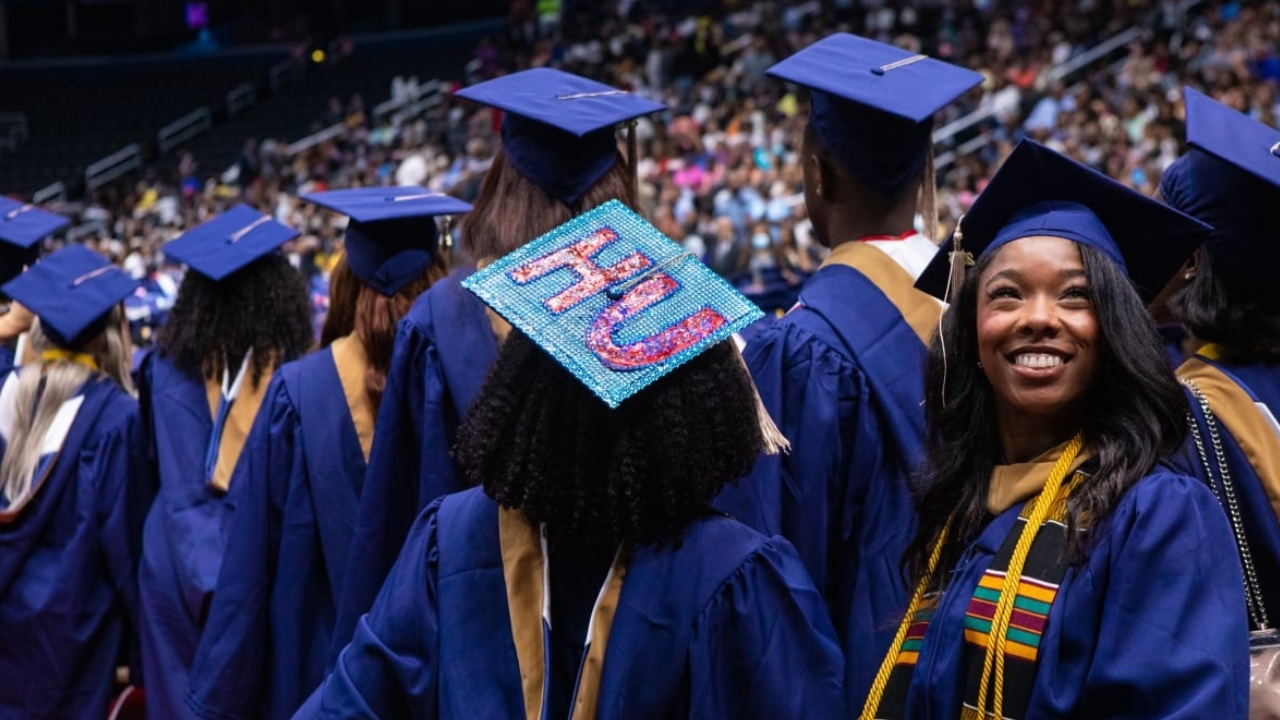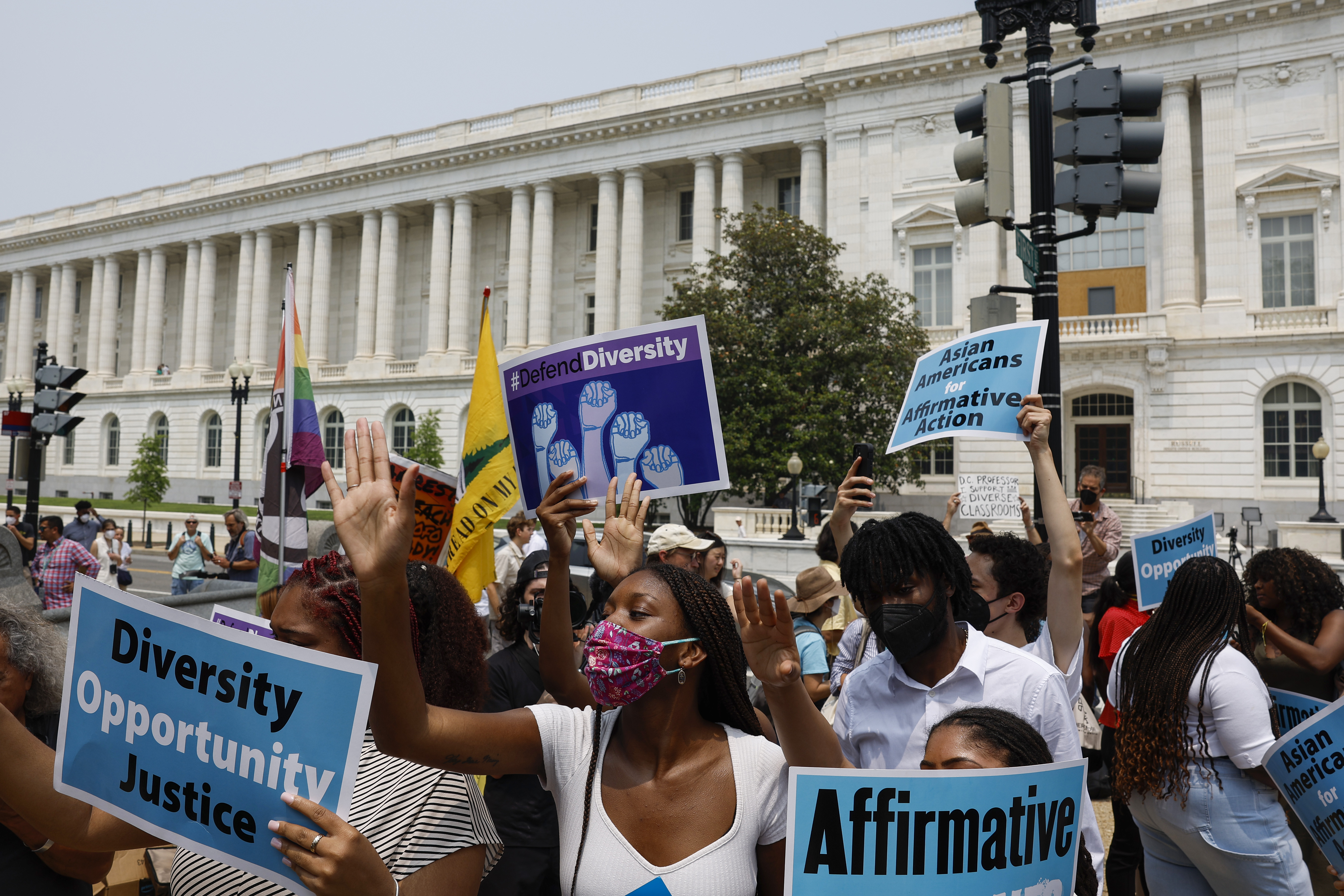White House issues strategies on diversity in education in absence of affirmative action
“The Supreme Court got it wrong, and we thought that the message that it sends is the wrong message that we need in our country,” Education Secretary Miguel Cardona told theGrio.
The White House issued a report providing strategies for higher education institutions to advance diversity and opportunities on college campuses after the Supreme Court’s ruling against race-based admissions.
“The Supreme Court got it wrong, and we thought that the message that it sends is the wrong message that we need in our country,” Department of Education Secretary Miguel Cardona told theGrio.
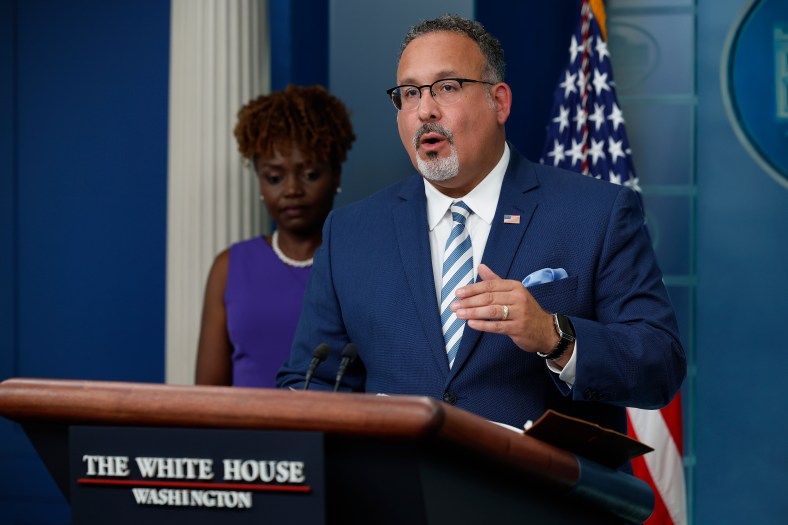
After the high court’s decision to effectively end race-based affirmative action in admissions, Cardona said the Biden-Harris administration swiftly met with college and civil rights leaders to think through ways to “make sure that our campuses are as beautifully diverse as our country.”
The product of that brain trust is a four-tier approach that includes investing in targeted outreach, placing “meaningful emphasis” on student diversity, resiliency, and inspiration in the admissions process, increasing affordability for students, and cultivating supportive environments by providing material support for students of color.
Due to the legal restrictions of the Supreme Court’s decisions in Students for Fair Admissions v. Harvard and Students for Fair Admissions v. University of North Carolina, race can no longer be used as a basis for admitting students into institutions of higher learning.
However, Cardona said he hopes the guidelines provided by the Education Department will give colleges and universities a roadmap for keeping their campuses diverse and avoiding what some fear could lead to a steep decline in Black and brown students at predominantly white institutions.
“We know it’s gonna be a great resource,” he told theGrio.
The secretary acknowledged that the department is “limited” in its authority and power, meaning it is unable to enforce any diversity programs on college campuses. However, he said, “We expect that education leaders want to make sure that all students have access.”
Cardona said that in “rare cases,” his department could “incentivize” universities through federal grants “where we feel that actions may be discriminatory or not inclusive.”
He explained, “We can look into it further to determine whether or not financial aid should be going to those universities.”
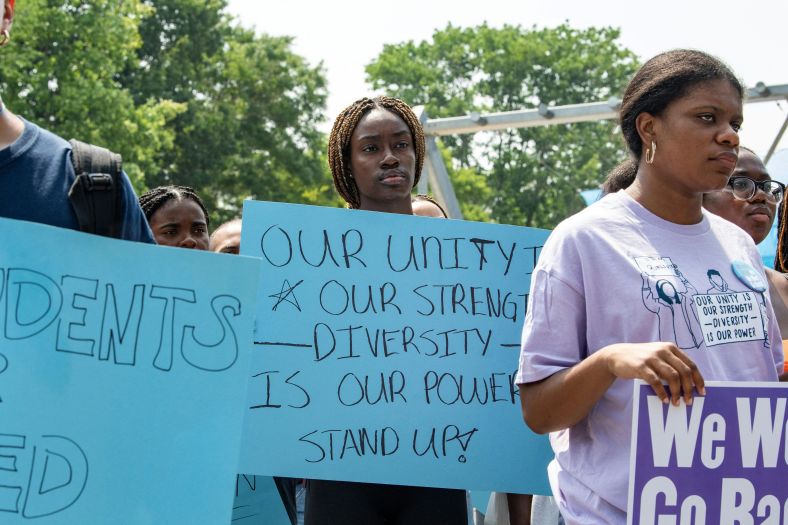
The report, issued on Thursday, also highlights examples of schools that successfully advanced diversity through strategies like sunsetting legacy admissions and investing in recruiting applicants from “underserved backgrounds.”
The report from the Education Department also emphasizes the need for states to invest more in historically Black colleges and universities and other minority-serving institutions.
“HBCUs, despite having decades of underinvestment, are producing the highest percentages of Black professionals in our country, and we need to make sure that they continue to thrive from day one,” Cardona told theGrio.
Last week, Cardona and Agriculture Secretary Tom Vilsack sent letters to the governors of 16 states calling on them to better fund land-grant HBCUs, noting a $12 billion disparity compared to predominantly white institutions.
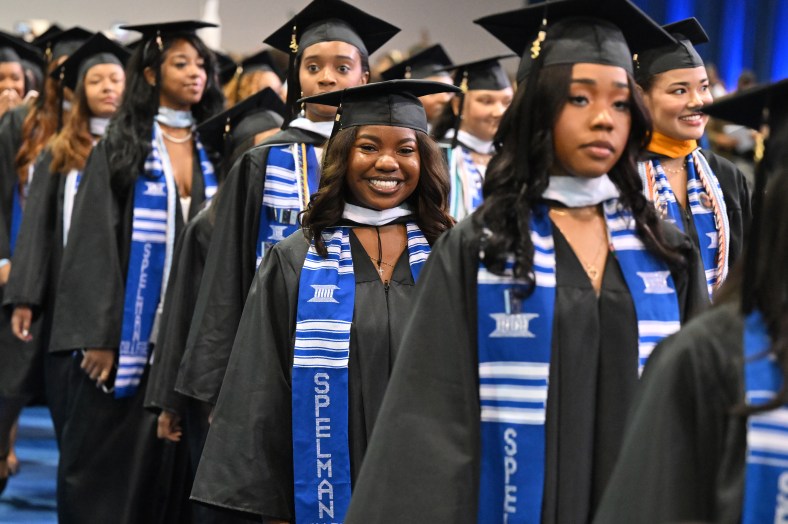
The secretary said the Biden administration, which has invested a record $7 billion in HBCUs, will also continue prioritizing more funding in the president’s budget proposals. However, given the constraints of a Republican-controlled House of Representatives, Cardona noted, “We’re fighting a far-right Republican Congress that wants to shut down government.”
He continued, “We have our battles here, but the president and vice president are not giving up, and we’re committed to ensuring that HBCUs not only get the funding that they need but have a seat at the table as we think about higher education improvements.”
As for the new report on advancing diversity, Cardona said the Education Department will “keep a close eye” on how colleges and universities are following its guidelines and continue to work with education partners.
“We’re going to look at data, and we’re going to find out areas where they’re struggling with it. And what we’re hearing from students, maybe that they’re not feeling welcome,” said Cardona.
“It’s really important that we’re all on board here to make sure that our campuses are diverse,” he said, noting that even the Supreme Court “acknowledged the fact that diverse campuses are better places to learn.”
He added, “We have our work cut out for us…it’s part of our value system that all students feel welcome and have access to higher education.”
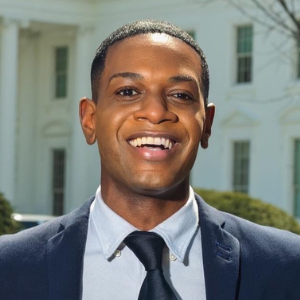
Gerren Keith Gaynor is a White House Correspondent and the Managing Editor of Politics at theGrio. He is based in Washington, D.C.
TheGrio is FREE on your TV via Apple TV, Amazon Fire, Roku, and Android TV. Please download theGrio mobile apps today!
